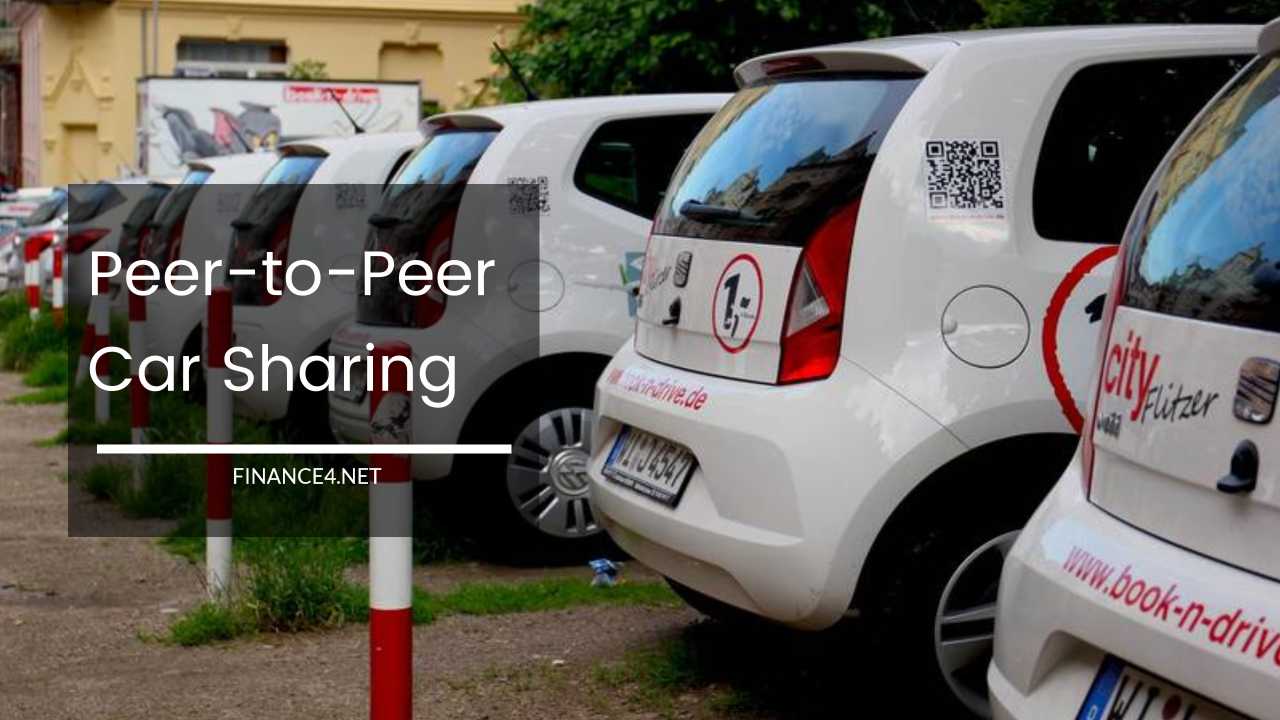Car Insurance Jargon Explained

Car Insurance Jargon Explained: Demystifying the Language of the Road
The world of car insurance can feel like a labyrinth, shrouded in confusing terminology and cryptic abbreviations.
This can leave you feeling lost when trying to understand your policy, compare quotes, and choose the right coverage for your needs. But fear not, fellow motorist!
This comprehensive guide is here to be your compass, breaking down the most common car insurance jargon into clear and concise explanations.
Understanding Fault and Claims
- Fault Claim vs. Non-Fault Claim: Imagine you’re cruising down the highway, minding your own business, when suddenly another driver cuts you off, causing a collision. In this scenario, you’d be filing a non-fault claim. Your insurance company would handle everything with the other driver’s insurer, ensuring you’re compensated for the damages to your vehicle and any medical bills incurred. However, what happens if you’re the one who accidentally bumps into a parked car? Here, you’d be making a fault claim. Unfortunately, in this case, your insurance company might have to pay for the repairs to the other car, and your premium could potentially increase upon renewal. Fault claims can also arise in situations like theft, where there’s no third party involved for your insurer to recover costs from.
Beyond the Basics: Understanding Claim Types
There are different types of claims you might encounter, depending on your coverage level. Here’s a breakdown:
- Collision Coverage: Pays to repair your car if you’re involved in an accident with another vehicle or object, regardless of fault.
- Comprehensive Coverage: Provides protection against theft, fire, vandalism, weather damage, and animal collisions.
- Medical Payments Coverage: Covers medical expenses for you and your passengers in the event of an accident, regardless of fault.
- Uninsured/Underinsured Motorist Coverage: Protects you financially if you’re hit by a driver with no insurance (uninsured) or not enough insurance (underinsured) to cover your damages.
Decoding Policy Abbreviations: A Handy Glossary
-
DOC (Drive Other Cars): This allows you to occasionally operate vehicles you don’t own, typically during emergencies. However, there might be restrictions for younger drivers or limitations on the types of vehicles covered.
-
NCB (No Claims Bonus): This is a loyalty reward for responsible driving. Every year you go without making a claim, your NCB increases, leading to significant reductions in your insurance premium. The higher your NCB, the less risky you’re considered by insurers, translating to lower costs. Some insurers offer NCB Protection as an add-on, which helps safeguard your NCB even if you make a minor claim.
-
TPO (Third Party Only): This is the most basic level of car insurance. It covers the legal costs and damages you’re liable for if you injure someone or damage someone else’s property in an accident. However, it doesn’t cover any repairs to your own vehicle.
-
TPFT (Third Party, Fire & Theft): This builds upon TPO by providing additional protection for your car in case of fire or theft.
-
Comprehensive Cover: This is the most comprehensive option, encompassing TPFT coverage and adding protection for accidental damage to your own car.
-
ULR Cover (Uninsured Loss Recovery): Imagine a scenario where you’re involved in an accident with a driver who has no insurance. Without ULR cover, the financial burden of repairing your car would fall entirely on you. ULR protects you from such situations by reimbursing you for the damages caused by an uninsured driver. Check if ULR is included in your base policy or available as an add-on.
-
Settlement: This refers to the total amount your insurance company pays out to cover a claim. The settlement amount is determined by factors like the severity of the damage, repair costs, and your policy coverage.
Repairing Your Car: The Importance of Approved Repairers
- Approved Repairer Network: Following an accident, your insurer might recommend using garages within their network of approved repairers. These garages meet specific quality standards set by the insurance company, ensuring your car is repaired using genuine parts and skilled technicians. Additionally, using an approved repairer might sometimes lead to discounted repair costs or streamlined claim processing.
Understanding Excess: Striking a Balance
- Excess (Voluntary and Compulsory): The excess is the amount you have to pay upfront towards any claim, irrespective of whether you’re at fault or not. Think of it as a deductible. You can choose your voluntary excess level when purchasing the policy. A higher voluntary excess translates to a lower premium. However, there’s always a minimum excess amount set by the insurer, known as the compulsory excess. You’ must pay at least this compulsory excess regardless of your chosen voluntary excess level.
Protecting Yourself Legally: The Value of Legal Expenses Cover
- Legal Expenses Cover: Legal disputes can arise after an accident, even if it’s not your fault. Legal expenses cover can be a lifesaver in such situations. This add-on coverage helps pay for legal fees incurred if you’re taken to court following an accident. The coverage amount and the types of legal situations covered can vary between insurers, so be sure to carefully review the details of this add-on before purchasing.
Who’s Who on Your Policy: Identifying Key Players
-
Main Driver: This is the person who uses the car most frequently. It’s crucial to be honest about the main driver when obtaining car insurance. If the insurer suspects someone else is driving the car more often, they might invalidate your claims or even cancel your policy. Ideally, the main driver should also be the policyholder.
-
Owner and Registered Keeper: These terms can be confusing, especially for company cars. The owner is the legal possessor of the vehicle, while the registered keeper is the person responsible for registering the car with the authorities and maintaining its legal documentation. In a company car scenario, for instance, the company would be the owner, and you, as the employee using the car, would be the registered keeper. Both the owner and the registered keeper should be listed on your policy documents.
-
Registered Keeper: This is the person named on the vehicle registration document. They’re responsible for ensuring the car is taxed, insured, and has a valid MOT (Ministry of Transport Test) certificate (applicable in certain countries). Typically, the registered keeper, owner, and main driver are the same person for personal vehicles. This simplifies things for insurers, as it minimizes the risk of discrepancies.
Renewing Your Coverage: Don’t Get Caught Off Guard
- Renewal Notice: A friendly reminder from your insurer that your policy is about to expire. Renewal notices are typically sent a few weeks before the end date of your current policy. It’s important to review your renewal quote carefully and compare it with quotes from other insurers before renewing. You might be able to find a better deal elsewhere, especially if you’ve maintained a clean driving record.
Beyond the Basics: Additional Considerations
While this guide has covered some of the most common car insurance terms, here are a few additional points to keep in mind:
-
Add-on Covers: Many insurers offer various add-on covers to customize your policy and cater to specific needs. These might include windscreen cover, personal accident cover, or roadside assistance.
-
Policy Wording: Car insurance policies can be dense with legalese. Don’t hesitate to ask your insurer to clarify any clauses you don’t understand. It’s crucial to fully comprehend the terms and conditions of your policy before signing on the dotted line.
-
Comparing Quotes: Don’t settle for the first quote you receive. Get quotes from multiple insurers to compare coverage options and pricing. Consider factors like your driving record, car type, and desired level of coverage when comparing quotes.
By understanding these key terms and navigating the car insurance landscape with a proactive approach, you can ensure you’re adequately protected on the road without breaking the bank.
Remember, car insurance is an investment in your peace of mind and financial security. So, take the time to learn the lingo, ask questions, and choose a policy that best suits your needs.



